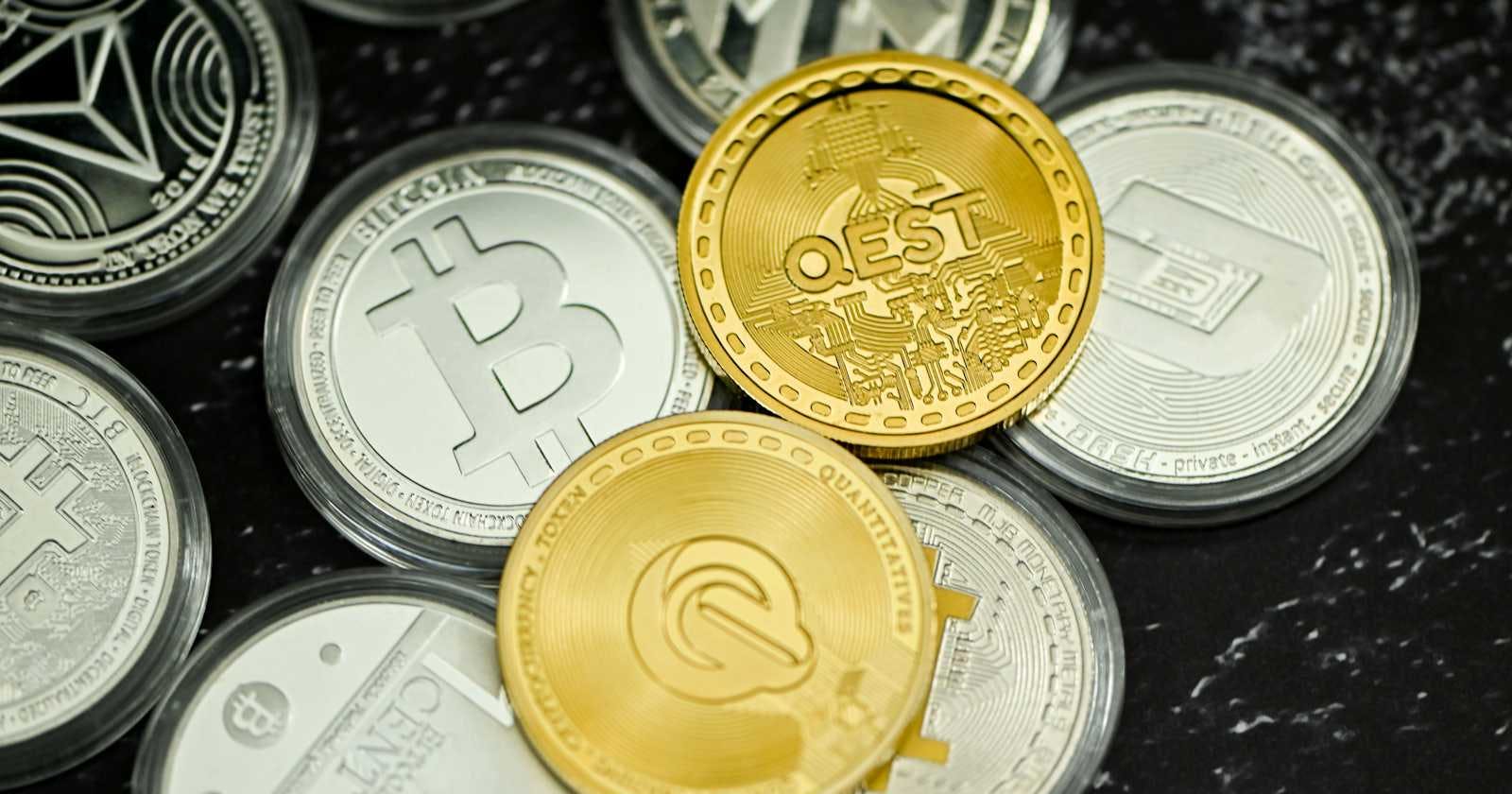The term ERC refers to the Ethereum request for comment, this is a standard that is created for non-fungible tokens that are created on the Ethereum blockchain. Otherwise known as the buzzword NFTs.
ERC721 is the standard for NFTs. Each of these ERC721s can be an NFT, with only one owner at a time. Different ERC721 contracts indicate unique assets.
As you might have already imagined the term fungibility, ERC721 is designed to be completely non-fungible, as in, every token is unique from the other.
Fungibility and why should I care?
Fungibility is one of the most important characteristics for a currency to work. 1 US dollar must always be exchangeable for 1 US dollar, for it to be fungible. Thus, one cryptocurrency token must always be exchangeable for another for the same value; if a cryptocurrency isn’t fungible, it cannot act as currency. This is the rationale behind ERC20 tokens and all other kinds of fungible tokens.
You have probably heard of non-fungible tokens, or NFTs, which, due to their special characteristics, enable a safe and digital representation of real, physical objects. It is currently quite popular in the gaming and collectibles industries since it provides a safe means of proving ownership when purchasing, selling, or storing goods.
Difference between an NFT and a Token
The Ethereum token standard for fungible tokens is ERC20(token). For non-fungible tokens, the standard is ERC721(NFT).
When generating a nonfungible token (NFT) on the Ethereum network, it is an ERC721 standard token. If not, then most often it will be an ERC20 token.
The NFT token's non-interchangeability with other NFT tokens is the only distinction between them. It is possible to exchange one ERC20 token for another. In essence, it is the same as exchanging one $100 bill for another $100 bill. or five $20 bills combined with one $100 bill. Because they are evaluable with accuracy, they are identical.
But NFTs cannot be interchanged that way, because it’s like interchanging one of Picasso’s paintings with one of Jackson Pollock’s paintings. How would you value it? How would you ensure that it’s an even trade? You can’t. That’s why ERC721 tokens cannot be interchanged.
That’s it.
Why is the NFT so special?
Non-fungible tokens are developed with special characteristics; typically, they are connected to particular content. They can serve as a means of proving physical ownership of digital goods, like game interfaces.
Other tokens are fungible, such as coins or bills. The fungible tokens are identical, they have the same properties and value when exchanged.
The future of non-fungible tokens
The non-fungible token development is being implemented in the game and collecting cryptocurrencies. NFT can be used in games to represent things like skins. In addition, it allows transferring them to new games or exchanging them with other players.
Non-fungible tokens have the potential to create security tokens, encrypting digital assets. This security token is not fungible, so ownership of the asset is fully traceable.
Basic ERC721 Contract Structure
// SPDX-License-Identifier: MIT
pragma solidity ^0.8.0;
import "@openzeppelin/contracts/token/ERC721/ERC721.sol";
contract SimpleERC721 is ERC721 {
constructor() ERC721("SimpleERC721", "S721") {}
// Function to mint new tokens
function mint(address to, uint256 tokenId) public {
_mint(to, tokenId);
}
}
In this code snippet:
SimpleERC721contract inherits fromERC721from OpenZeppelin.The constructor sets the name and symbol for your token.
The
mintfunction allows you to mint new tokens and assign them to an address.

